Blog Archives
2014 Porsche 991 GT3 Cup
This 2014 model 991 Cup is an affordable way into PCA’s competitive C6 or Trophy East classes. In this case, affordable does not indicate compromised performance, as this car holds PCA track records at Road Atlanta, Road America and VIR. This 991 is available for immediate inspection and sale at our Charleston, SC facility for SOLD.
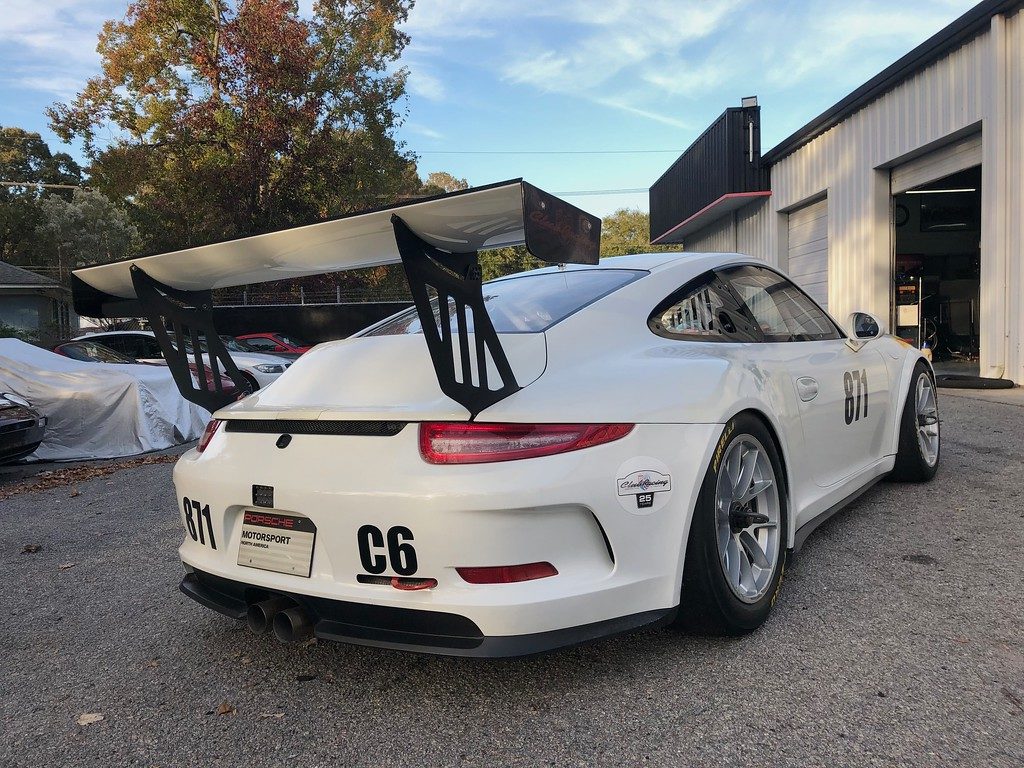
Updates critical to performance and reliability have been made. The fuel system is the latest spec and the Cosworth data system has the brake pressure and steering upgrades. The paddle shift system was recently refreshed by Shiftec.
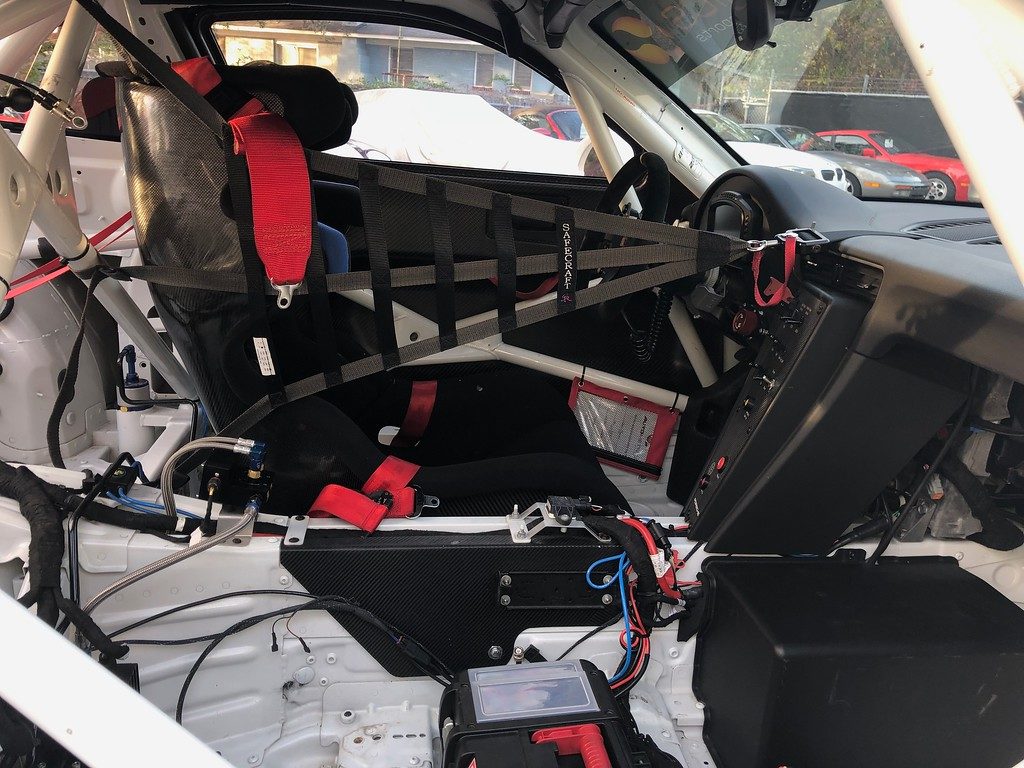
Total time on the car and engine clocks in at 72 hours. There was some superficial damage from the previous owner, but the repair was acceptable.
More photos available at the gallery below.
Rennsport Reunion 2018 Photo Gallery
Travis Brodie Photo galleries from Rennsport Reunion VI in Laguna Seca.
Part 2
Road Atlanta PCA 2018 Video
Road Atlanta PCA 2018 Photo Gallery
2014 991 GT3 Cup For Sale
Ultra-clean 991 GT3 Cup; less than 35 total hours on the car. Mostly test days and driving experience with only 2 Club race weekends. This 991 is available for immediate sale and inspection at our Charleston, SC Facility for SOLD.
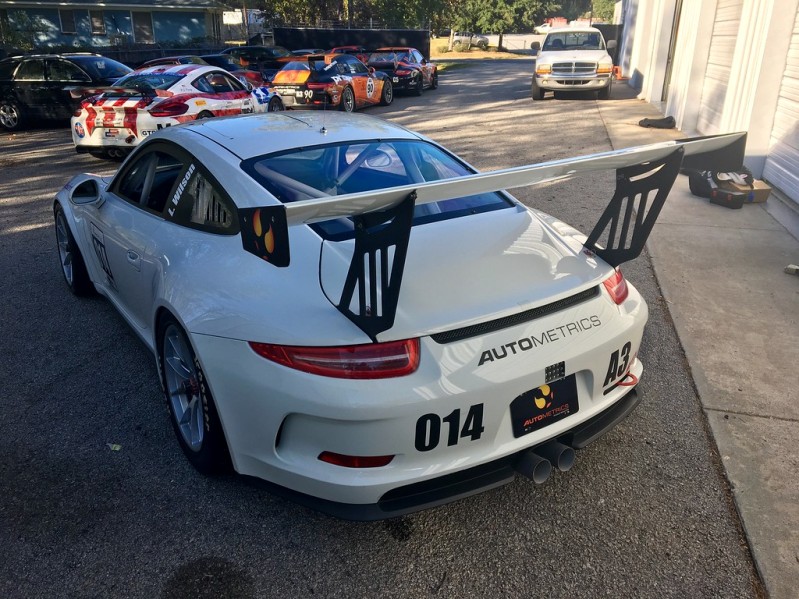
The 991 GT3 Cup represents the best of the factory-built Porsche Cup cars, with the renowned 3.8 liter Mezger engine and specialized sequential transmission with Shiftec paddle-shift. This is one of the freshest and most gently-used examples available.
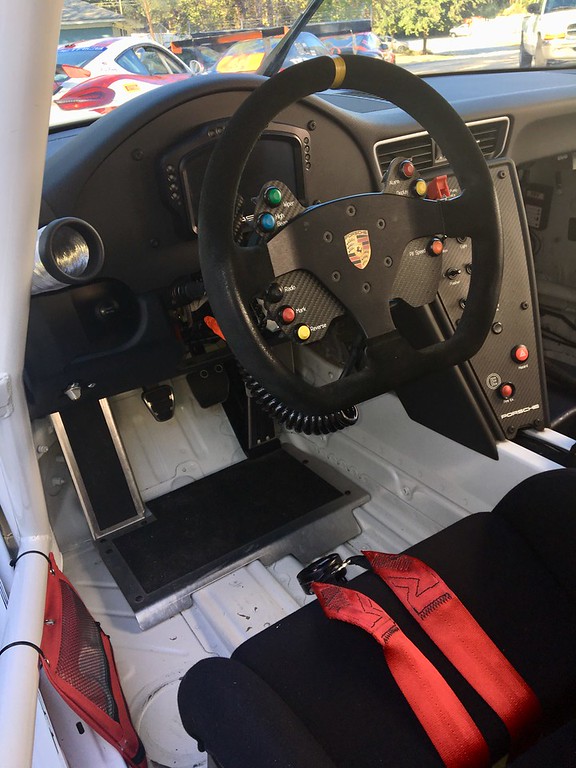
Please see our photo gallery below for more images, and like us on facebook to get our latest updates and newest cars for sale.
Check out more great cars for sale here on our website, and be sure to like us on facebook to get the latest car listings and updates.
2012 Porsche 997.2 GT3 Cup
The second generation 997 Cup offers incredible performance, and this example is an unbeatable value. Wearing its original livery from the Pirelli GT3 Cup Trophy series, this GT3 stands ready for immediate inspection and purchase at our Charleston, SC facility for SOLD.
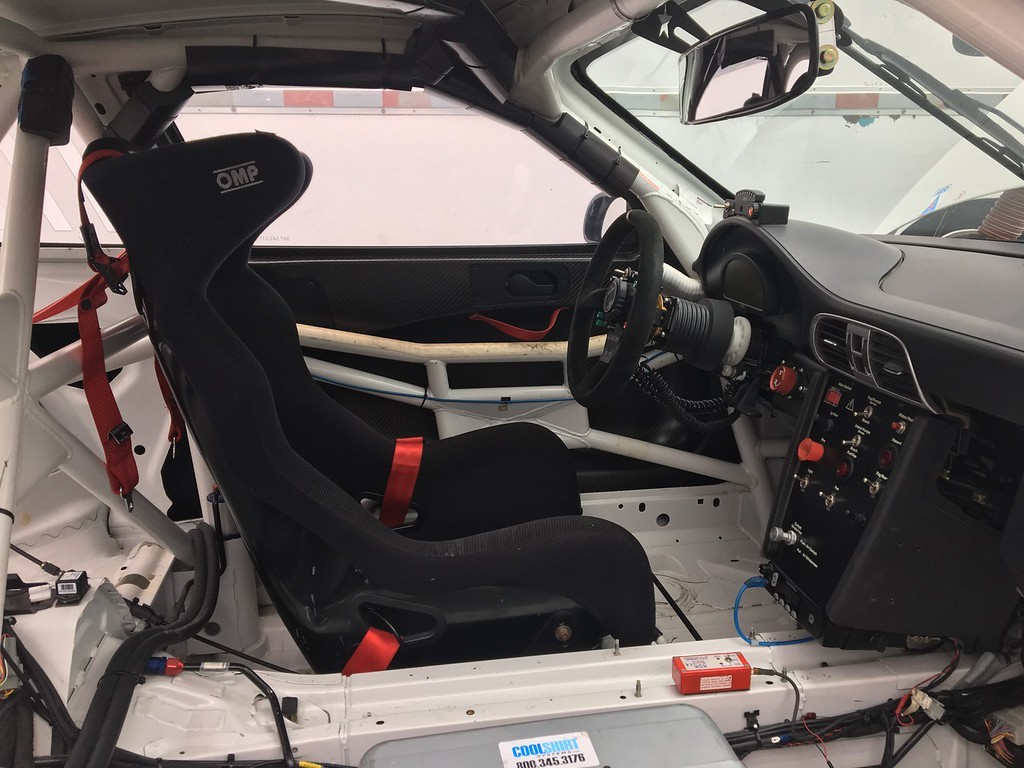
Total hours on the car are in the low 80’s. The car shows some superficial racing wear from that time, but there is no apparent damage to the tub. What makes this cup such an incredible value is the transmission rebuilt only 20 hours ago, and a fresh 3.8 liter engine with less than 3 hours since rebuild.

In addition to the low-hour driveline, the big performance upgrade is the Holinger Speedshift Paddle Shift system, which offers clutchless down-shifting and prolongs transmission life. Also, Bilstein double-adjustable shocks replace the non-adjustable OE units.
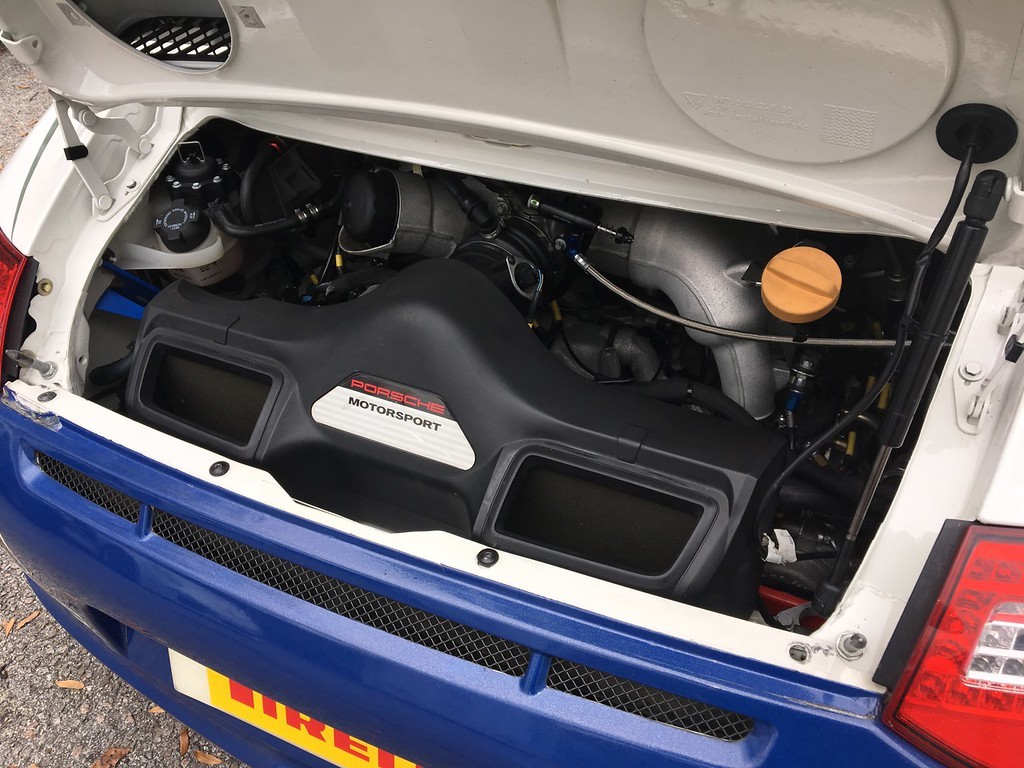
With almost no time on the engine and a paddle-shift transmission, it would be reasonable to expect a season or two before budgeting for the big-ticket items.
Please see our photo gallery below for more images, and like us on facebook to get our latest updates and newest cars for sale.
Check out more great cars for sale here on our website, and be sure to like us on facebook to get the latest car listings and updates.
GT3 Cup “Throttle Blippers”
Heel-and-Toe downshifting is quickly becoming an obsolete skill. It is speculated that some of the younger pros in formula cars or prototypes never competed with a clutch pedal but went straight from karts to paddle-shift race cars. Simplified downshifting used to be reserved for top level racecars and exotics, but dual-clutch technology has brought automatically shifted manual transmissions to the mainstream. Porsche’s new 991 GT3 Cup might eventually use a variation of the dual-clutch PDK transmission, but in its first model year, it uses a traditional single-clutch sequential operated by an independent paddle-shift system. This is the first time a ‘cup’ has been delivered without a need to rev-match on downshifts.
The sequential in the 997 GT3 Cup has earned a reputation for being susceptible to abuse and expensive to repair. Damage occurs primarily during downshifting and is a function of non-synchronized dog-tooth gear engagement, manual non-ABS brakes and a triple-disc racing clutch. The combination makes a proper rev-matched downshift unforgiving compared to most Porsche racecars, and the throttle-blip is the most cumbersome component. Downshifts are all performed with the same forward push of the sequential shifter, and that motion is exploited on throttle auto-blippers. Different methods are used, but using the same action to engage the lower gear and open the throttle allows the driver to concentrate on braking and clutch timing. This gives the driver improved braking performance and fewer transmission bills. There are two leading methods employed; the ‘Manthey’ unit and clones use a solid rod that connects to the bottom of the shifter and uses a small wheel to physically push the throttle pedal. The Porsche Motorsport design routes the throttle cable through the shifter assembly, and shifter motion will pull the throttle cable directly. Both designs work well, but we prefer the Manthey method because it pushes the pedal, so if the driver instinctively blips himself, he’ll simply push along with the blipper, and it will be seamless. The PMNA unit leaves the throttle pedal stationary, so a manual blip will add to the auto-blip and cause an over-blip. The clutch pedal should be manually operated on downshifts regardless of blipper used.
The difficulties with the rev-match are not exclusive to 997 cups. We had a 996 GT3 Cup driver with an ankle injury who had reduced articulation in his ankle and could not blip effectively. An H-pattern shifter does not allow shifter motion to be used, so we developed a pneumatic system that was operated by a button on the shifter. It was far more complicated than the sequential systems, but it proved very reliable and effective, even in 24-Hour competition.
In-car videos with a pedal-camera overlaid will become increasingly rare (or boring), and those proficient in the technique will likely feel some regret, but the evolution seems inevitable. The debate will likely continue until the final days of the clutch pedal, but few will forget the first time they saw the quick footwork of a smooth heel-and-toe downshift.










































